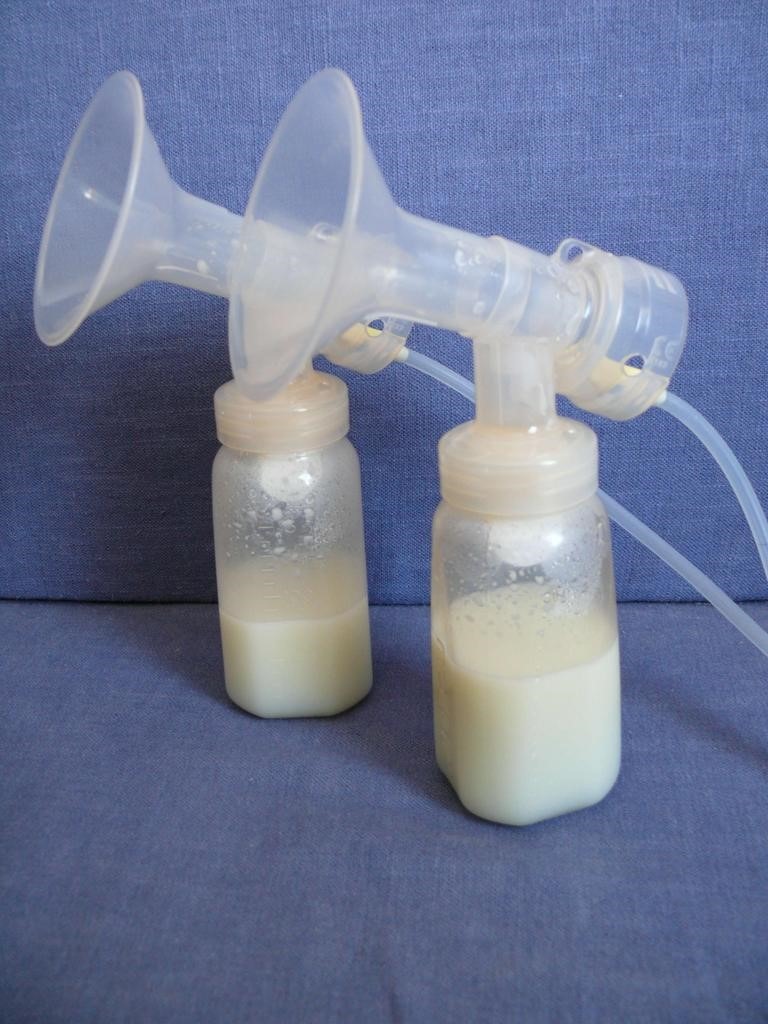A breast pump is a medical device designed for breastfeeding mothers to express milk for their babies when they are away for hours or at work. As an expectant mother, pumping could be something to explore of. Perhaps, you may ask yourself if you should do pumping milk or nurse your baby.
Well, using a milk pump and pure breastfeeding don’t differ. In fact, these methods are both beneficial because your baby is being fed from your body. Your baby still absorbs the same nutritional properties of your breast milk. With that, every mum’s concern might be — when to start and how often to a breast pump. Let’s dig into it in this article.
How To Start a Breast Pump?
When you start to pump your breast, make sure that there is a significant amount of air around your nipple. You might feel a degree of discomfort in the first 10 to 15 seconds as your nipples get stretched. You’ll experience a “pins and needles” sensation. But no worries, it is only for a while and will never hurt you at all.
Primary Consideration
To get yourself ready for breast pumping, see if your baby is completely healthy and full-term, and wait for at least a few weeks. Then, begin your pumping journey and milk storage activity. However, breastfeeding is not applicable for a preterm baby or with a medical condition. Start pumping within one to six hours after birth.
The most suggested time to do this is every morning. Pumping in this period allows you to get the most milk. If possible, between breastfeeding periods, around 30-60 minutes after nursing your baby. It helps to build more milk supply for his next feeding time.
How Often Should You Pump?
If you choose breast pumping, do it as often as your baby would love to nurse. To maintain your milk supply, do it every two to three hours. It helps to make him feel full comfortably and, at the same time, maintain a breastfeeding relationship with him.
Exclusive Breast Pumping
If you completely rely on breast pumping, do it 8-10 times within one whole 24-hour day.
Learn that full milk production is in the range of 25-35 oz per day. Once you have a full milk supply, set pumping schedules to maintain this level of milk production 24 hours a day.
What if you have an 8-hour job?
This situation could be concerning since you’ll be away for a number of hours. How would you go about it? The suggested steps to keep his feeding always undisrupted are as follows:
- You must breastfeed him before going to work.
- Schedule your pumping in these period:
- Mid-morning
- Lunchtime
- Mid-afternoon
When you arrive home from work, nurse your baby to continue the feeding routine. If you want to save time, use a double pump to extract milk fast from both breasts. In this way, a 30-minute pumping will be reduced to 15 minutes.
The best thing about double pumping is it gives a strong stimulation to your breasts. Prolactin, an essential hormone in milk, is enhanced. As a result, it promotes the quality of your milk supply.
What if you can go home during lunchtime?
In this situation, breastfeed your baby instead of giving him a milk pump. At times, babies gradually develop a pattern called reverse cycle breastfeeding. It refers to a baby’s routinary sleep pattern which takes place while you are away. But he tends to breastfeed more when you are together which reduces your pumping activity. To further enhance this pattern, sleep with your baby so you can nurse him easily and have him gain sufficient sleep.
Breast Pumping Tips
If you are not going to pump often, you may use a manual or hand-operated breast pump as it is handy to carry and use. Or, use an electric breast pump if you’ll need regular pumping.
In addition, you can follow these tips:
- Make yourself comfortable, and look for a private, quiet place to avoid interruptions.
- Give at least 1-2 minutes of hand expressing your breasts prior to pumping to get better milk quality.
- Invest in a quality breast pump as it is less costly than milk formula.
- Give yourself enough time. Always keep yourself hydrated to prevent unnecessary thirsty sensations.
- Pump often to increase milk supply.
Conclusion
Breast milk pumping can be challenging yet an excellent alternative for a baby’s feeding routine. But, always remember that all breastfeeding parents are different. When it comes to frequency, consider yourself and your baby primarily. Your main responsibility is to keep him well-fed with quality milk at the right time. The pumping schedules stated above are just a few good references you may apply depending on your baby’s needs.






